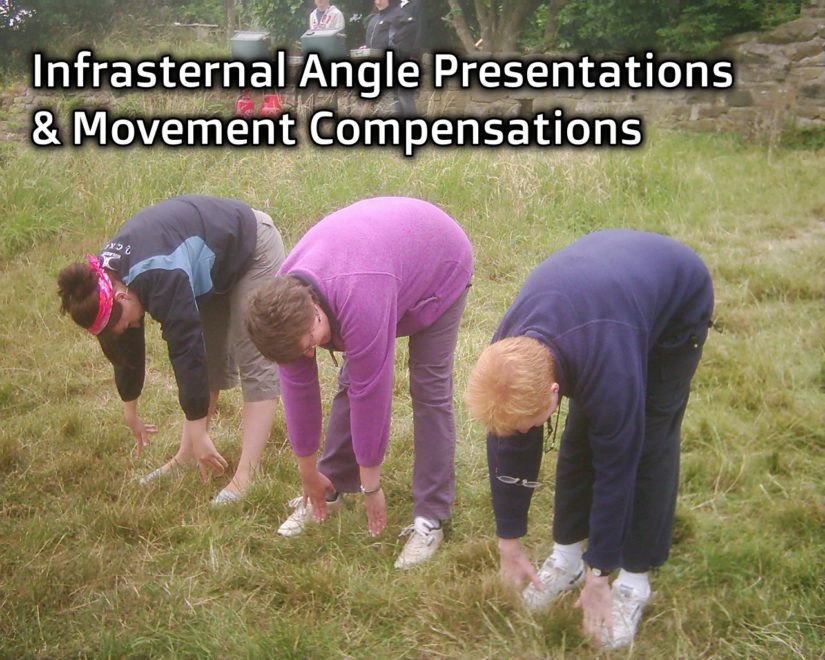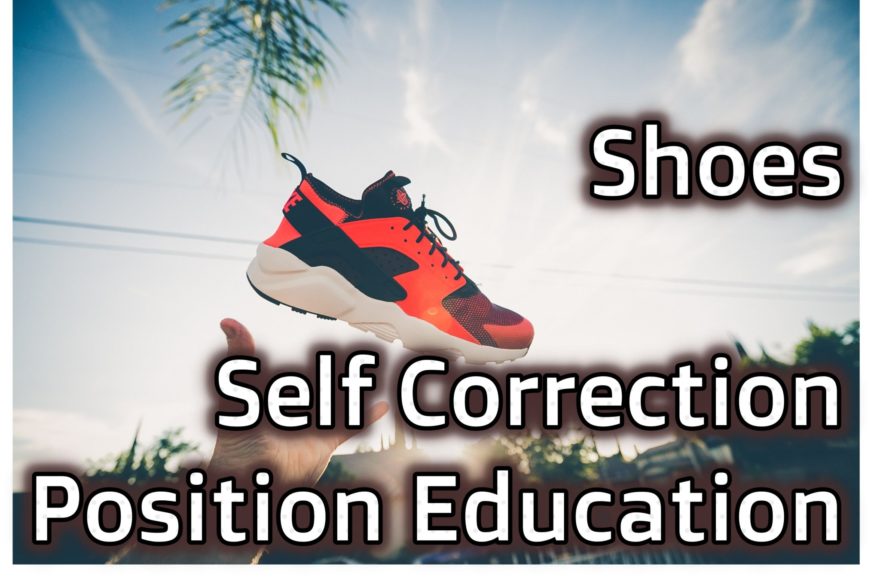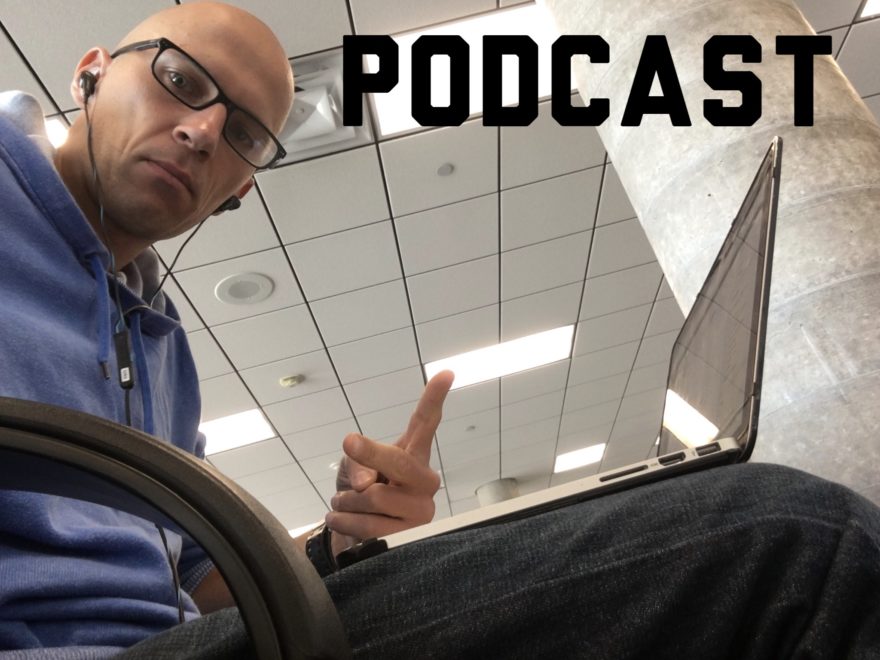Is the reason you can’t touch your toes tight hamstrings? Is your inability to go overhead because of tight lats? OR………….YES OR……. Does the structure of your body influence where you will be limited?
Read More
Health and Performance Made Ridiculously Simple

Is the reason you can’t touch your toes tight hamstrings? Is your inability to go overhead because of tight lats? OR………….YES OR……. Does the structure of your body influence where you will be limited?
Read More
Movement Debrief Episode 95 is in the books. Below is a copy of the video for your viewing pleasure, and audio if you can’t stand looking at me. Here is the set list: Do I prescribe shoes to people? What do I look for when giving shoe recommendations? How can one self-correct during breathing exercises? How do we know if a breathing exercise is working? If we shouldn’t educate bones going in/out of place, how do I explain joint position and movement options?
Read More
So peeps, I’m going on vacation this week. So instead of a debrief, I present to you the first legit episode of the Zac Cupples show. I’ll be putting these bad boys out occasionally when I have a topic that I feel would be better to riff on as opposed to discussing in a debrief or writing about. Here’s an outline of the topics I discussed Reasons to go into physical therapy What to look for in a PT school The goals of physical therapy school What you should take away from school What classes I recommend a student to take Enjoy! Here were the links I mentioned tonight All Gain, No Pain South College Physical Therapy Program Bill Hartman Continuing Education: The Complete Guide to Mastery Explain Pain Course Notes Therapeutic Neuroscience Education Course Notes Lorimer Moseley Explain Pain Course Notes Kettlebell Mashup FMS Level 2 Ultimate MMA Conditioning Dermoneuromodulation Course Notes ART Dry Needling Course Notes Spinal Manipulation Institute A Randomized Trial Comparing Acupuncture, Simulated Acupuncture, and Usual Care for Chronic Low Back Pain Here’s a signup for my newsletter to get a free acute:chronic workload calculator, basketball conditioning program, podcasts, and weekend learning goodies: [yikes-mailchimp form=”1″ submit=”Get learning goodies and more”] Also, check out the mentoring, movement, and training services I offer: Mentoring, Movement, and Training
Read MoreThis is a summary of Chapter XII of “The Sensitive Nervous System” by David Butler. Intro Today we will take a look at assessing upper limb neurodynamic tests (ULNT). These assessments used to be called tension tests, but that terminology is now a defunct mechanical description. We now describe these as neurodynamic tests to better appreciate the neurophysiologic aspects of mechanosensitivity and upper limb homunculi stability. These tests are numbered based on the movement sensitizer, which are as follows: 1 – Shoulder abduction. 2 – Shoulder depression. 3 – Elbow flexion. ULNT1: Median Nerve Here is the quick test first. Here is how to do the manual test. A quick heads up regarding head motions. Sidebending away increases symptoms in 90% of people. Sidebending toward decreases symptoms in 70% of people. ULNT2: Median Nerve Here is the manual test ULNT2: Radial Nerve Here is the active test. And the manual test. ULNT3: Ulnar Nerve Here is the active test And the manual test. Musculocutaneous Nerve Here is the active test And the passive test. Axillary Nerve Here is the passive test. Suprascapular Nerve Here is the test. Final Words Have some fun with these tests, and be mindful that you are not too aggressive. Thanks to Scott and Sarah for your videotaping help. You guys rock.
Read MoreThis is a summary of Chapter X of “The Sensitive Nervous System” by David Butler. The Tests When assessing neurodynamics, there is a general system that is used including the following tests: Passive neck flexion (PNF). Straight leg raise (SLR). Prone knee bend (PKB). Slump. 4 different upper limb neurodynamic tests (ULNT). I will demonstrate these tests for you in later chapters. Many clinicians when discussing the lower extremity-biased tests deem that maybe only one or two of the tests need to be performed, however this assertion is erroneous. Slump, SLR, and PNF all need to be tested as a cluster. The reason being is that the clinical responses may often differ. This difference is especially noticeable when comparing the SLR and the slump. These two are not equal tests for the following reasons: Components are performed in a different order. Spine position is different. Patients may be more familiar with the SLR, therefore give more familiar responses. The patient is in control during the slump, not in the SLR. The slump is more provocative. Rules of Thumb When testing neurodynamics, here are the following guidelines: 1) Active before passive. 2) Differentiate structures – add/subtract other movements to see if symptoms can change. 3) Document the test order. Positive Test The positive testing here is a little dated based on what Butler’s group and the research says as of right now. Based on what I have learned from Adriaan Louw, having any of the following is what constitutes a positive
Read More